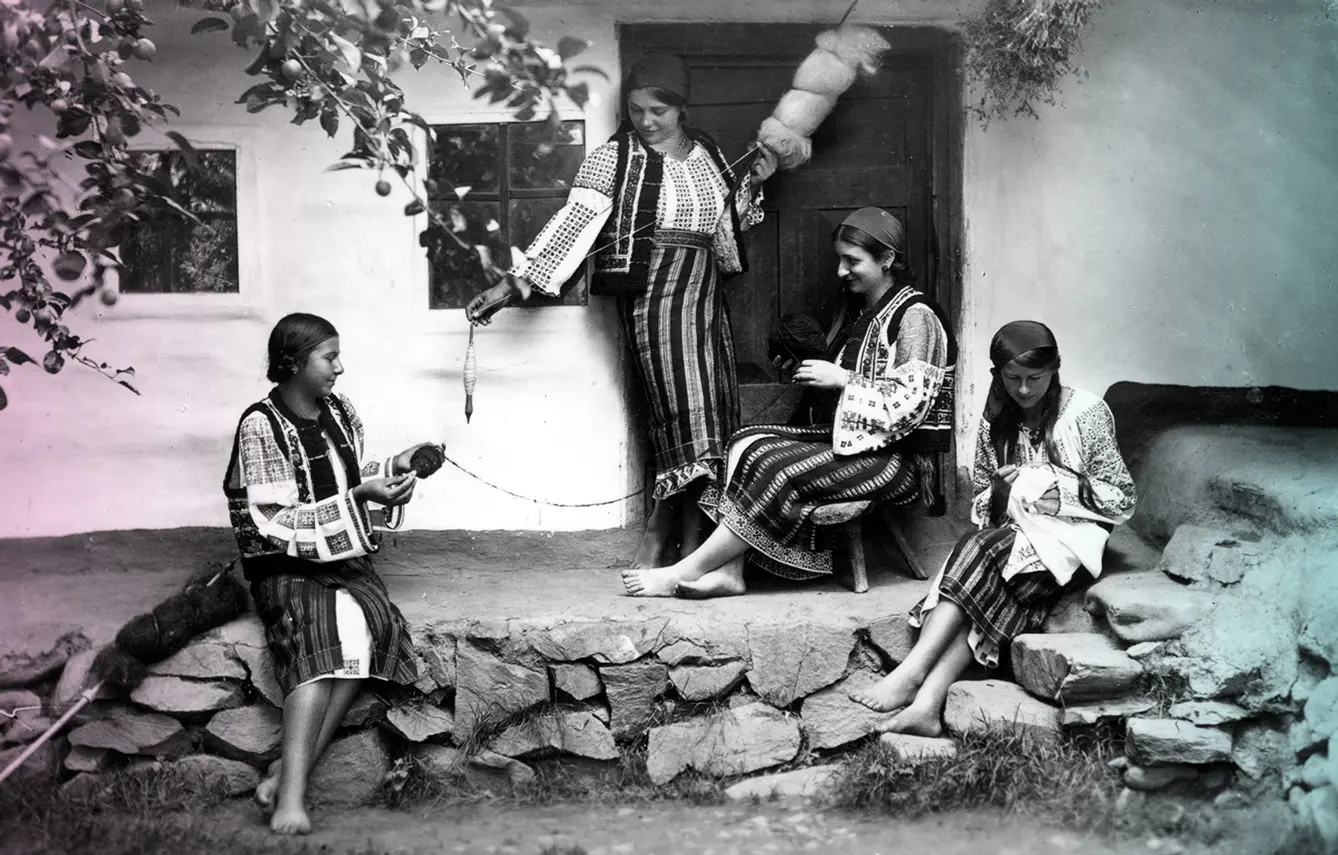When winter approaches and land work slows down, that’s when the village’s fellowship spirit comes to life. Starting right before the Christmas fast and going all the way to the Easter Fast, șezătoarea brings together the young and old, rich and poor, in a celebration of life, friendship, and community. For a couple of nights a week, people from all over the village join hands in housework and toast together with a glass of palinka, dancing to the enthusiastic rhythm of the accordion. This common gathering of the Romanian peasants was put together initially for fun. But then it became a way to strengthen the existing ties within the community, make new connections for the future, as well as mend animosities of the past.
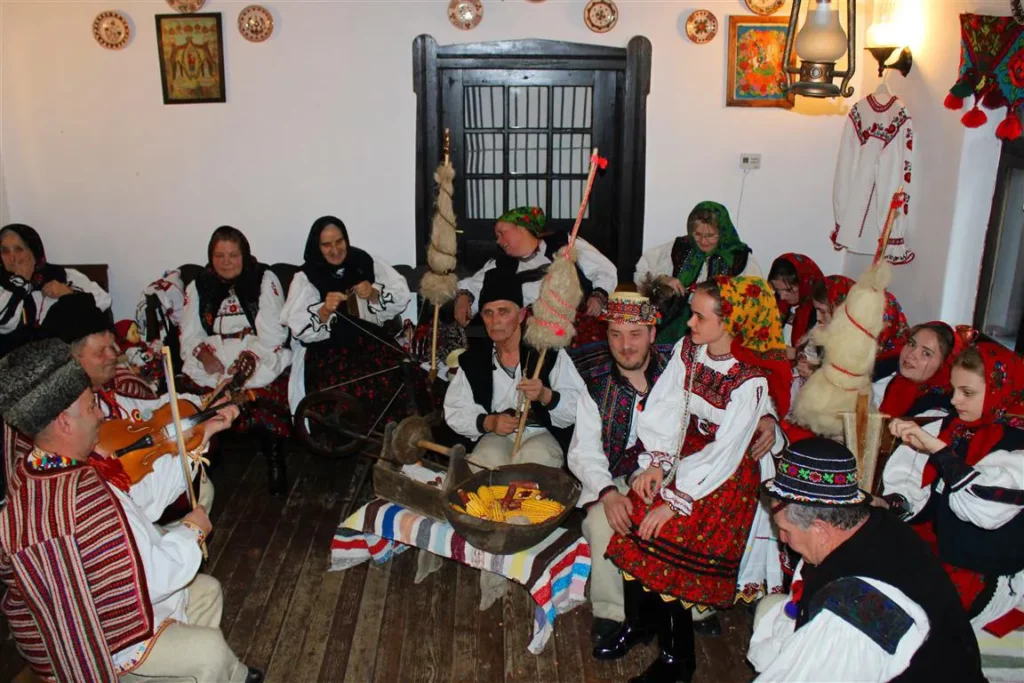
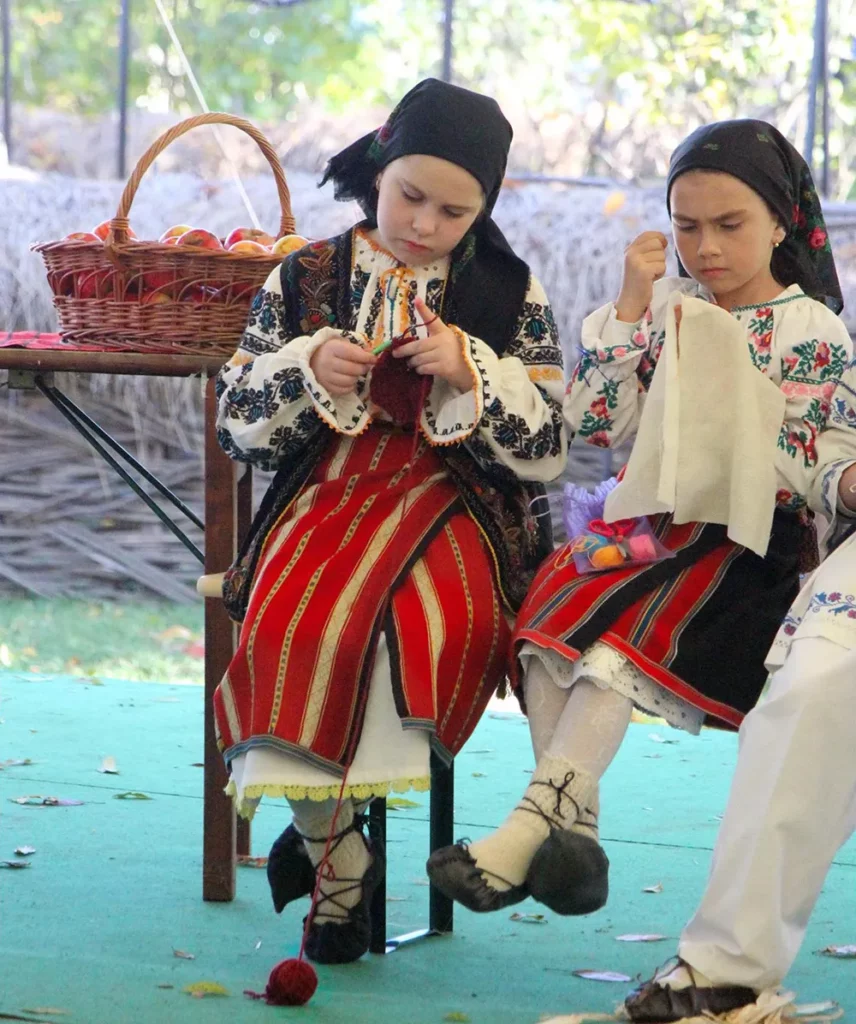

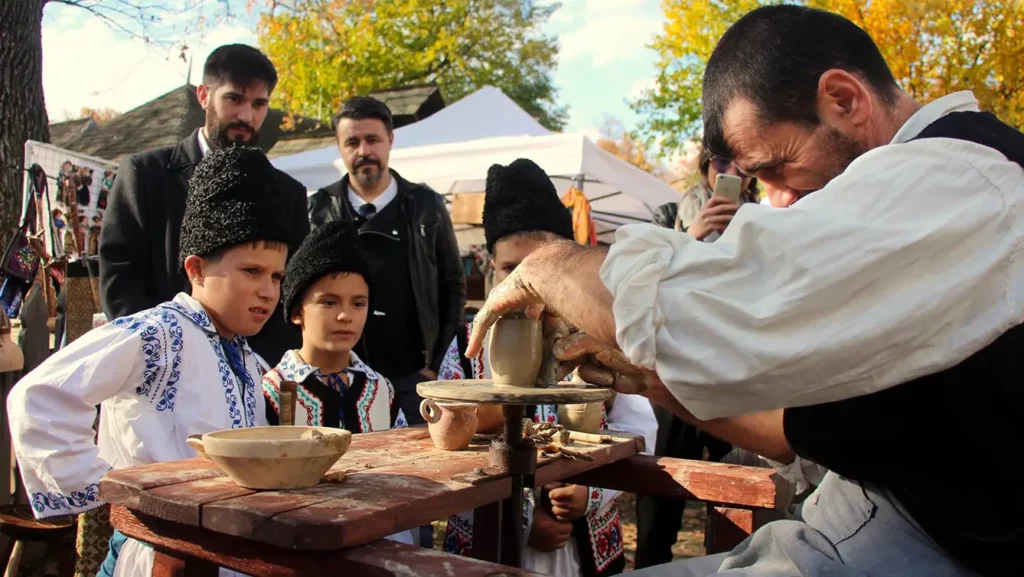
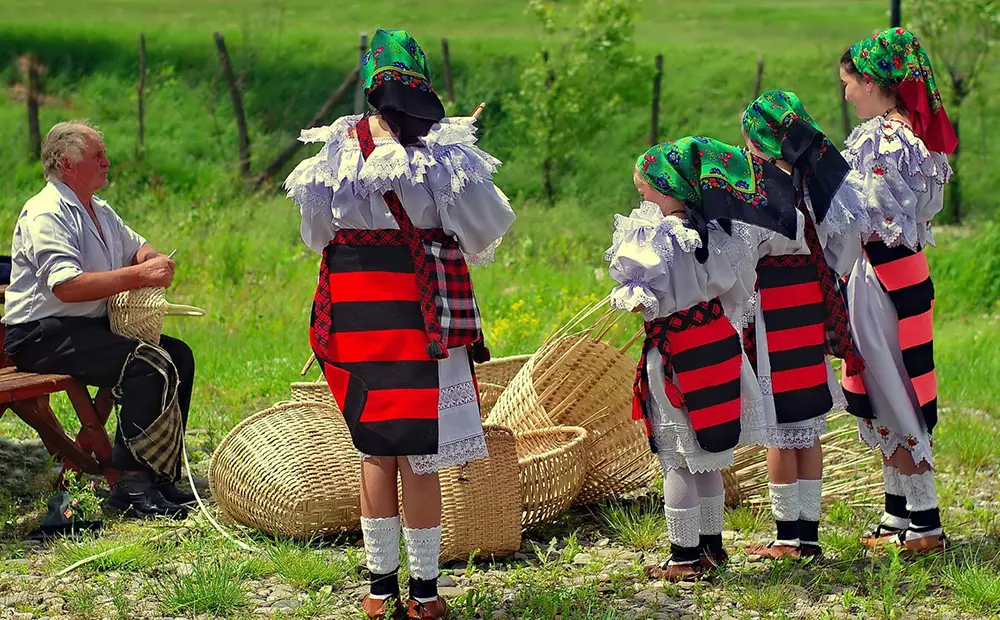
What is Șezătoarea?
Șezătoarea is translated as the evening sitting and, while it used to be common practice back in times, enjoyed all throughout the country, in the present day, it has pretty much gone extinct as the population moved from the villages to the cities, and there are few to no young people that remain in the countryside. Despite the “endangered” statute of the once much-loved custom, this tradition’s socio-cultural aspect and implications are not to be disregarded. For years and years, it represented the most significant activity in unifying and bringing together in the sense of belonging the entire population of a village, regardless of status or age.
Origin of Șezătoarea
It all started in a grandma’s house down the alley. Luckily for the villagers, there were always enough such houses so that the entire community was able to take part. The first hours were usually reserved for women to come together and work. They would either spin the wool, loom, knit, or engage in other household activities while talking, singing, and discussing the state of their lives (and those of others around). The arrival of the men would usually symbolize the end of their ordinary work and the start of the celebration.
Course of the gathering
Celebration of what, you may wonder? Well, of anything – life, good weather, friendship. When together, people always find a reason to celebrate. One pinch of the violin’s strings was all it took to have everyone up on their feet, dancing around and singing along to some of the happiest, most joyful folk songs. Of course, no party is complete without food and beverage. Therefore, the host would do all it takes to ensure the entertainment of the guests for the night.
Șezătoare nights would usually start around 5 or 6 PM after the husbandry activities were finished, and the sun would set. In some places, they would meet once a week, while in others, as often as every day. For how long would the merry company go dancing into the night, one can only wonder, but as the saying goes, the more (hours in this case), the merrier! More often than not, the party would go far beyond the middle of the night, and the youngsters would remain up until sunrise.
But there is more to this șezătoare than what meets the eye. You can call it a party, a celebration, or a social gathering of the villagers, but that barely scratches the surface of what șezătoare meant and continues to mean for the community and the Romanian culture.
There is no modern term to encompass the complexity of this custom, where people would gather to sing and read, tell jokes, sometimes (most of the times) gossip, knit garments for the winter, dance, or even plan marriages. Șezătoare was more than an event – it’s an all-inclusive, insightful experience of the Romanian spirit that allows you to live the social life of the common Romanian villager. By definition, șezătoare was not just a place for memories to be made but a place for traditions and folk tales to be transmitted further on. Șezătoare was a meeting that would allow the young to get to know each other and the elder to dwell in nostalgic memories.
Throughout the year, the Romanian peasant may find themselves submerged in local activities and land works, therefore making it impossible to indulge in social connectivity. Winter was the best time for the community to come together and develop or strengthen the local conscience and mind of the village. And the best means to achieve that was the șezătoare.
Be sure to also check fat thursday in Poland.


